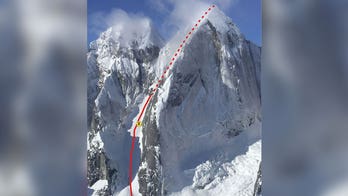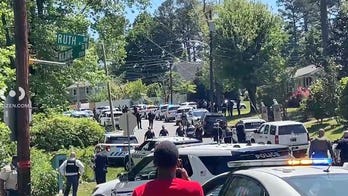The United States Army is equipping its soldiers with pocket-sized drones, aiming to enhance battlefield reconnaissance and minimize risk. These miniature unmanned aircraft offer live video and HD imagery, empowering soldiers with situational awareness and reducing their exposure to enemy fire.
The United States Army is integrating cutting-edge technology into its ranks by equipping soldiers with pocket-sized drones, revolutionizing reconnaissance and warfare capabilities. These miniature unmanned aircraft, known as Black Hornet 3 drones, are small and lightweight, enabling a single soldier to carry and operate the system as part of their standard combat load. This innovative technology represents a significant advancement, granting soldiers enhanced situational awareness and reducing their risk of exposure to enemy fire.

Tiny Drones in the Hands of Soldiers: Enhancing Reconnaissance and Warfare Capabilities
Active duty units within the Army began utilizing these drones in 2019, while Special Forces teams in Afghanistan have had access to them since 2017. The Army's long-term goal is to equip all 7,000 of its squads with these pocket-sized drones.
"Instead of a team making direct visual contact, this system can help a team monitor a named area of interest or area that they would otherwise be unable to due to terrain, time, or enemy disposition," Lt. Col. Gary Barney, commander of the 27th IBCT's 2nd Squadron, 101st Cavalry Regiment, stated in an interview.

Tiny Drones in the Hands of Soldiers: Enhancing Reconnaissance and Warfare Capabilities
The drones' capabilities extend beyond surveillance. They can also transmit live video and HD still images, providing soldiers with real-time situational awareness. This enables them to make informed decisions, plan their maneuvers, and mitigate potential risks.
Army Staff Sgt. Andy Huang, with the New York National Guard, highlighted the benefits of the drones' compact size and quiet operation. "It's small and lightweight, and with how high it can go, you can't really hear it," Huang remarked. "So, you can recon a lot of stuff, and the bad guys can't see it."

Tiny Drones in the Hands of Soldiers: Enhancing Reconnaissance and Warfare Capabilities
While the drones do have limitations, such as short battery life and reduced maneuverability in windy conditions, soldiers are optimistic about the future potential these devices hold. They anticipate that widespread use of the drones will significantly enhance reconnaissance capabilities and improve overall situational awareness.
"For us, for the observers, it makes it easier for us to target rounds, especially with mortars," said Spc. Jeffrey Anicet, a joint fire support specialist with 1st Battalion, 258th Field Artillery Regiment. "When working with aircraft on guided ordnance, we're able to precision drop along those coordinates exactly where we want them to the tenth of a meter."

Tiny Drones in the Hands of Soldiers: Enhancing Reconnaissance and Warfare Capabilities
The integration of these pocket-sized drones into the Army's arsenal is a testament to the ongoing modernization efforts within the military. The Army recognizes the importance of equipping its soldiers with the latest technology to enhance their capabilities, protect their lives, and ensure mission success.











